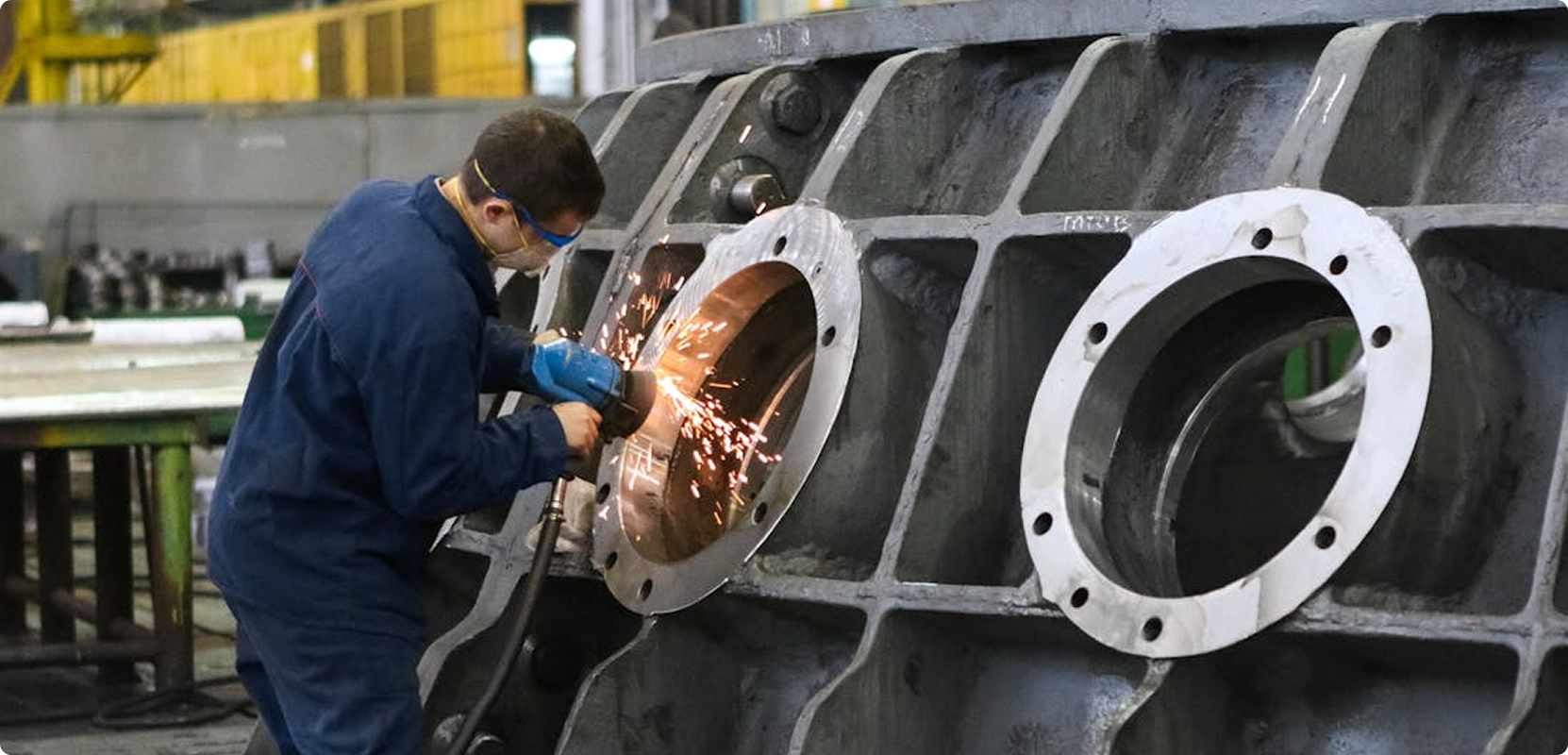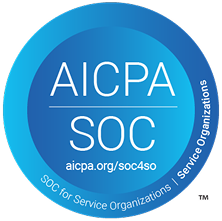When a batch of critical components is rejected, everyone loses. The Original Equipment Manufacturer (OEM) faces costly delays and reputational risk. The contract manufacturer absorbs the brunt of the rework and scrap costs. What often begins as a small inspection inconsistency can escalate into finger-pointing, strained relationships, and, eventually, supplier churn.
At the heart of these issues is a lack of shared visibility and standardized quality expectations. OEMs and CMs operate in separate silos — each with their own inspection methods and their own data, leading to unnecessary friction.
But it doesn’t have to be that way.
Why OEMs Replace Contract Manufacturers
Ask any quality or sourcing leader why they’ve terminated a manufacturing partnership, and quality issues will almost always top the list, often originating from late-stage failures or inconsistent inspection standards. In fact, McKinsey reports that companies who implement “smart quality” protocols see a 65% drop in supplier-originated deviations, underscoring how process misalignment can quickly erode trust. Compounding the issue, only 22% of firms proactively share QA data with contractors, according to LNS research. That lack of data transparency often leaves OEMs blind to emerging defects until it’s too late.
In regulated industries like medical device manufacturing, risks go beyond delays and scrap. FDA regulations like 21 CFR 820.50 and 820.80 require OEMs to evaluate, monitor, and control supplier quality systems — including inspection methods, acceptance criteria, and change notifications. When CMs fall short, OEMs risk audit findings, product holds, or forced corrective actions, none of which inspire long-term confidence.
Recent FDA warning letters have also flagged quality units for failing to maintain oversight of contract manufacturing partners, especially when data traceability or CAPA processes are weak. In that context, replacing a supplier becomes less about cost and more about compliance — and self-preservation.
These risks are magnified when quality checks happen only at the end of the line. Which is why many OEMs are shifting toward more collaborative, proactive approaches to inspection — starting with shared quality thresholds and real-time visibility. The process could even be automated with real gains to both parties. Here are five ways automation is already transforming that shift.
A Shared Standard: The Power of Joint Acceptance Protocols
Shared acceptance tests (SATs) offer a path forward. These protocols are formalized agreements between OEMs and CMs that define how component quality will be measured, inspected, and accepted throughout the production process. SATs typically include acceptable defect thresholds, inspection frequency, test methods, and classification of cosmetic vs. functional issues.
By putting these standards in writing, before production begins, OEMs and CMs eliminate ambiguity and set the foundation for consistent, objective QA. SATs reduce guesswork, streamline audits, and create accountability on both sides of the partnership.
Consider a catheter tip with precision-drilled holes. For the CM, minor imperfections might pass as cosmetic. For the OEM, the same defect could trigger a product hold or even an FDA inquiry. With a clearly defined SAT in place, both parties align on what qualifies as a “pass,” preventing these kinds of costly, late-stage disagreements.
SATs often include:
- Acceptable defect rates by type and severity
- Inspection frequency and sampling logic
- Cosmetic vs. functional defect definitions
- Reference images or AI model baselines
- Escalation paths when thresholds are exceeded
When developed collaboratively, SATs improve mutual understanding and create a shared sense of ownership over quality. They move inspection out of the realm of subjective judgement and into a structured, data-backed process.
SATs are most effective when defined early in the relationship and updated regularly as inspection methods evolve or components change. If your current inspection process isn’t providing that clarity, it might be time for an upgrade.
Transparency Through Shared Data
In today’s fast-paced, tightly competitive landscape, mManual inspection alone is no longer enough to satisfy modern marketplace demands. Medical devices and automotive components must meet strict safety and quality standards, as well as precise defect tracking regulations.
Transparent, cloud-based QA systems change that dynamic. When both parties can view inspection results, defect trends, and component pass rates from a centralized dashboard, decision-making becomes faster and less contentious. AI-powered systems like Akridata’s Vision Assist and Vision Command go further: logging imagery, defect classification, and decision rationale in a format that’s ready for audit at a moment’s notice.
This shared visibility doesn’t just build trust, it helps pinpoint root causes faster and creates a defensible record that stands up to regulatory scrutiny. And when inspection logic is trained using deep learning, results become not only faster, but smarter. Learn how deep learning is reshaping medical imaging diagnostics.
Realigning OEM–CM Incentives With Upstream QA
When inspection only happens at the end of the line, conflict is inevitable. Defects detected post-sterilization lead to delays, blame, and rework costs — with CMs absorbing the cost, and OEMs absorbing the risk.Upstream QA breaks that cycle.
By moving inspection earlier, at or just after assembly, defects are caught when they’re still easy to fix, not after the product has entered expensive sterilization, packaging, or shipping phases. It also fosters co-investment on quality tools and protocols. Instead of viewing QA as the CM’s responsibility, upstream inspection becomes a shared initiative. OEMs bring specifications, AI models, and compliance oversight; CMs bring local expertise and in-line implementation. Platforms like Akridata’s Vision Assist, Vision Copilot, and Vision Command create a unified QA infrastructure that works across locations and organizational boundaries.
We’ve seen these changes unlock measurable, mutual benefits:
- Fewer rejected batches and reduced return rates
- Shorter investigation cycles and better audit outcomes
- Faster go-to-market timelines with higher first-pass yield
A Win-Win Outcome: Real-World Results from Shared QA
In one case, a CM building catheters installed Akridata’s AI inspection system at final assembly. The system detected a recurring blemish on the catheter tip, an issue that would have triggered batch rejection if caught downstream. But because the inspection was in-line and traceable, the defect was resolved before packaging. Throughput stayed high, the OEM received a clean batch, and no re-labeling or re-sterilization was needed.
That’s not just defect detection, it’s partnership protection.
Best Practices for Aligning Around a Common Quality Language
Even the most advanced inspection systems can’t overcome misalignment between OEMs and CMs if there’s no shared understanding of what quality looks like. Strong manufacturing partnerships start with a clear, standardized QA framework, one that’s built to evolve. These transparent QA protocols don’t just reduce errors — they reduce the friction that causes supply chain churn.
To reduce ambiguity and avoid unnecessary rework, both parties should:
- Define quality KPIs at the component level. Move beyond pass/fail metrics by setting specific thresholds for defect types, severity, and yield.
- Standardize inspection cadence and escalation protocols. Align on when, how often, and under what conditions inspection data is reviewed or escalated.
- Align on what constitutes a “pass/fail.” Clarify cosmetic vs. functional defects with annotated images to avoid misclassifying non-critical flaws.
- Establish a regular QA review rhythm. Include pre-lot alignment, post-lot summaries, and quarterly performance benchmarking.
- Treat QA protocols as living documents. Maintain version control, update logic as components evolve, and track mutual sign-offs.
When OEMs and CMs align early, they unlock faster release cycles, fewer disputes, and a stronger foundation for long-term collaboration. Advanced inspection systems like Vision Assist incorporate computer vision and robotic vision integration to eliminate ambiguity and ensure consistent QA across global production lines — turning quality from a tension point into a shared advantage.
Collaboration Starts With Clarity
OEM-CM relationships break down when quality is subjective, inspection is delayed, and data is fragmented. But with shared QA protocols, real-time visibility, and AI-enabled inspection, both sides reduce friction and build a strong, more resilient partnership.
Akridata’s tools were designed to make that collaboration seamless. With Vision Assist for hardware deployment, Vision Copilot for model training, and Vision Command for enterprise QA oversight, we help OEMs extend their quality expectations directly into CM environments, creating a single source of truth from production to packaging. Explore the ROI here.
Ready to align your QA processes and protect your most valuable partnerships?
Download our latest report Closing the QA Gap: Why Medical Device OEMs Must Shift Quality Upstream or contact our team to learn more



No Responses